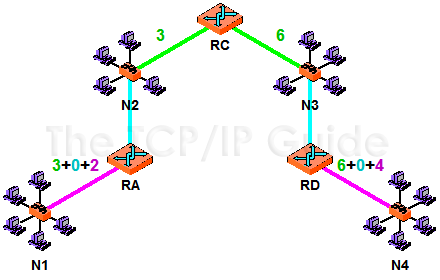 |
|
Please Whitelist This Site?
I know everyone hates ads. But please understand that I am providing premium content for free that takes hundreds of hours of time to research and write. I don't want to go to a pay-only model like some sites, but when more and more people block ads, I end up working for free. And I have a family to support, just like you. :)
If you like The TCP/IP Guide, please consider the download version. It's priced very economically and you can read all of it in a convenient format without ads.
If you want to use this site for free, I'd be grateful if you could add the site to the whitelist for Adblock. To do so, just open the Adblock menu and select "Disable on tcpipguide.com". Or go to the Tools menu and select "Adblock Plus Preferences...". Then click "Add Filter..." at the bottom, and add this string: "@@||tcpipguide.com^$document". Then just click OK.
Thanks for your understanding!
Sincerely, Charles Kozierok
Author and Publisher, The TCP/IP Guide
|
|
|

Custom Search
|
|
OSPF Route Determination Using SPF Trees
(Page 4 of 4)
Shortest Path Tree and Route Calculation Results
In this simple example, we only need three levels to construct the tree for RC (we would need more for RA or RD, however.) The final results would be the tree in Figure 183, and the routing information for RC to the four networks that is shown in Table 125.
|
Destination Network |
Cost |
Next Hop |
N1 |
5 |
RA |
N2 |
3 |
(local) |
N3 |
6 |
(local) |
N4 |
10 |
RD |
This of course is what you would expect in this very simple example. Note that there are no specific entries for other routers, since they are the “means to the end” of reaching networks. However, if one of the other routers were a boundary router that connected the AS to the outside world, there would be entries for the networks to which the boundary router connected, so RC knew to send traffic for those networks to that boundary router.
|
| |||||||||||||||||||
Home - Table Of Contents - Contact Us
The TCP/IP Guide (http://www.TCPIPGuide.com)
Version 3.0 - Version Date: September 20, 2005
© Copyright 2001-2005 Charles M. Kozierok. All Rights Reserved.
Not responsible for any loss resulting from the use of this site.







